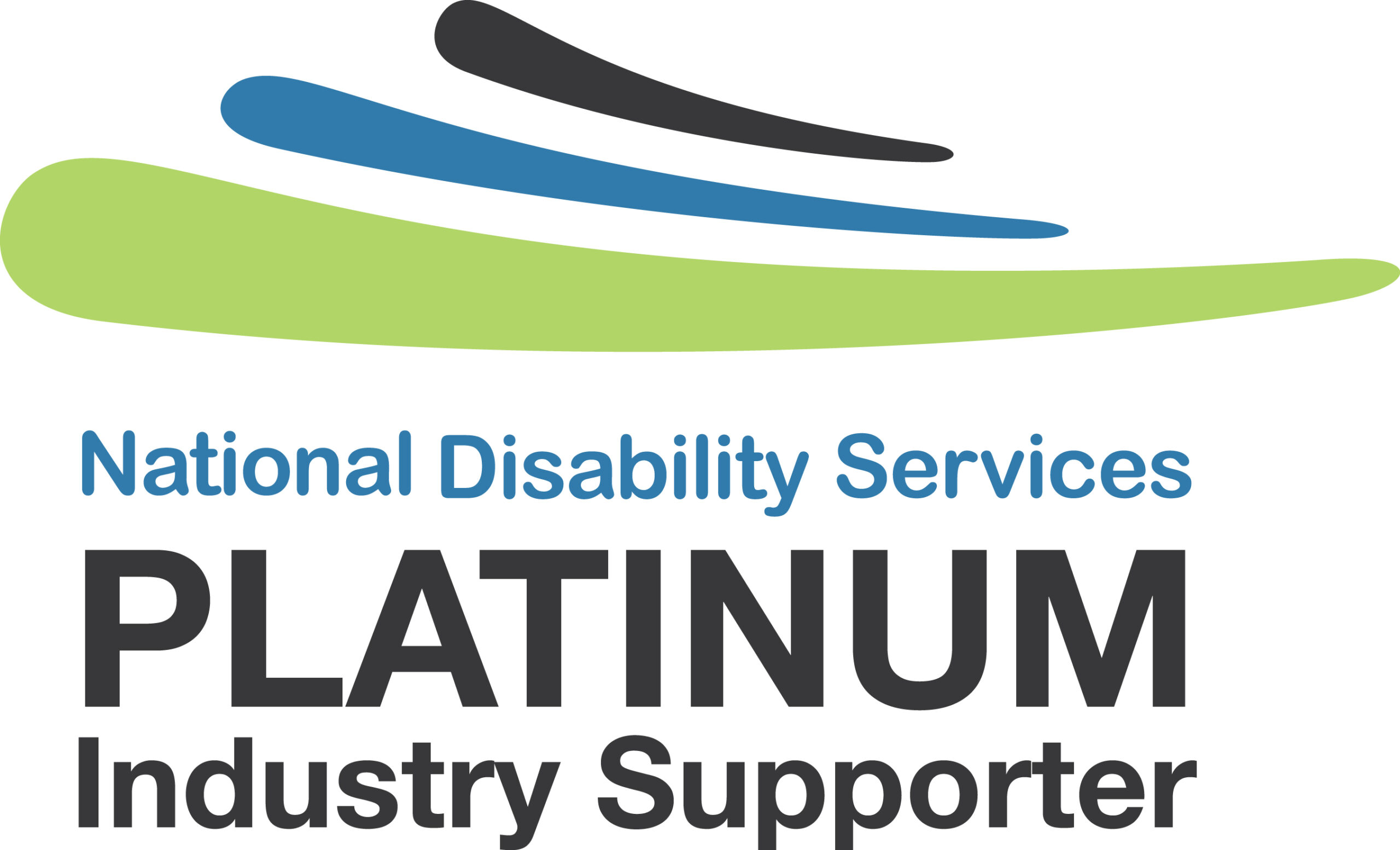In the past 12 months, we’ve heard the same narrative: the NDIS is rife with fraud, with participants and providers allegedly cheating the system for financial and personal gain. Equipped with this narrative, the Australian Government has invested hundreds of millions into combating fraud and non-compliance, most recently giving the NDIS Commission new powers to ban auditors and consultants who give fraudulent advice.
Putting aside our natural scepticism that fraud is rampant in the NDIS (knowing that most participants and providers indeed do the right thing), we’re intrigued by the Government’s efforts in this space and whether the results stack up. To this end, we commissioned a report to analyse the fraud crackdown and its outcomes.
It’s a hefty report, so we’re sharing our findings here in an easy-to-digest way. Without suspense then, what’s the headline? Well, the Government’s multi-year, multi-agency investment is saving money and acting as a deterrent to future perpetrators of fraud, but fraud is overemphasised, distracting from broader systemic issues that plague the scheme. Let’s unpack why.
You can read the full report here.
What has the Government committed to NDIS fraud prevention?
Since 2021, the Commonwealth has committed $747.7 million to what it refers to as ‘NDIS Integrity’. That’s a whole lot of money, but it’s spread across the NDIA, Services Australia, and the NDIS Quality and Safeguards Commission, and has been released in successive waves:
- Early pilots (2021–23): $26.5 million to test new compliance tools, followed by $126.3 million to establish the FFT.
- 2023–24: A further $48.3 million to hire integrity staff and develop the business case for NDIS IT reform.
- 2024–25: A landmark $468.7 million package to uplift the NDIA, Services Australia and – crucially – the NDIS Commission.
- 2025–26 and beyond: Another $151 million to expand the digital overhaul, plus sustained funding for payment integrity teams.
What’s the Government’s fraud strategy?
Money is being thrown at fraud, but how is it being used? Broadly, the investment supports two very different kinds of work.
1. The Fraud Fusion Taskforce (FFT): Visible Enforcement
Launched in late 2022, the FFT is the public-facing side of the crackdown. Co-led by the NDIA and Services Australia – and involving the AFP, ACIC, ATO, AUSTRAC and more than 20 agencies – the Taskforce was designed to send a message that the NDIS is no longer an easy target.
Its output is substantial:
- More than 500 investigations launched.
- Over 50 people referred for prosecution.
- High-profile jail sentences, including the 2024 Operation Pegasus case.
- Over 60 million in fraud “stopped.”
- Growing intelligence-sharing operations, with 97 active cases as of November 2024.
This has also triggered an increase in activity from the NDIS Quality and Safeguards Commission. Backed by $160.7 million in new funding, the Commission undertook 6,841 enforcement actions in just the first quarter of 2025 – triple the quarter before.
2. The Crack Down on Fraud (CDoF) “Digital Shield”: System Reform
While the FFT dominates the narrative, the largest investment is in prevention. The NDIA’s CDoF program—receiving more than $495 million across multiple tranches—is building the digital infrastructure the Scheme never had at launch.
The upgrades include:
- Mandatory myGov/myID verification for providers and participants.
- New evidence requirements for self-managed claims.
- Slower payment processing, shifting from instant to 2–3 days to allow for pre-payment checks.
- A new fraud investigation system linking NDIA intelligence with other agencies.
- Modern data analytics tools that have already identified more than 2,100 high-risk providers.
This “Digital Shield” is the long-term fix, aimed at preventing non-compliant claims before money leaves the door.
What are the outcomes of the fraud crackdown?
We’re seeing outcomes across the board:
- $132 million recovered through the Short-Term Accommodation crackdown.
- Over $575,000 in reparation orders from Operation Pegasus.
- $214,086 in repayments from a 2025 South Australian conviction.
- $200 million in forecast integrity savings.
- $400 million in spending “diverted” from non-compliant providers.
Despite any scepticism towards its fraud crackdown, these numbers do matter, shifting significant funds away from rorting toward genuine disability supports.
Is the fraud crackdown a success?
Despite progress, the Australian National Audit Office (ANAO) offers a sobering assessment: the NDIA’s current compliance approach is still only “partly effective.” In early 2025, 0% of claims by dollar value received manual pre-payment review—confirming that the NDIS still operates on a “pay first, check later” model. In other words, the Digital Shield isn’t built.
Meanwhile, the Grattan Institute argues the public focus on fraud, while important, is overshadowing the real issue: structural design flaws and inconsistent eligibility and planning processes that drive billions in cost growth each year. In their framing, fraud is a “rounding error” compared to the Scheme’s deeper sustainability challenges.
What do we think?
We’ve heard the narrative, seen the Government’s crackdown, and felt the community’s pain as participants and providers get swept up in the structural changes. Obviously, we know that fraud happens, and it’s bad, but the overemphasis on it creates a belief in Australia that the scheme is rife with fraud and betraying the taxpayer.
Undoubtedly, we need structural change to improve the scheme’s sustainability, and we need to rid the scheme of fraud, but we also need to illustrate the success stories to ensure we have a more balanced view of the NDIS. Sharing solely negative stories is a disservice to the scheme and only prejudices the public towards it.
The simple fact is that the Government has spent hundreds of millions preventing fraud but hasn’t yet seen this amount yet recouped in savings, nor achieved sufficient structural changes to have the desire impact into the future.
We need genuine structural change.
We need more success stories.
We need the NDIS to work better for all.
























